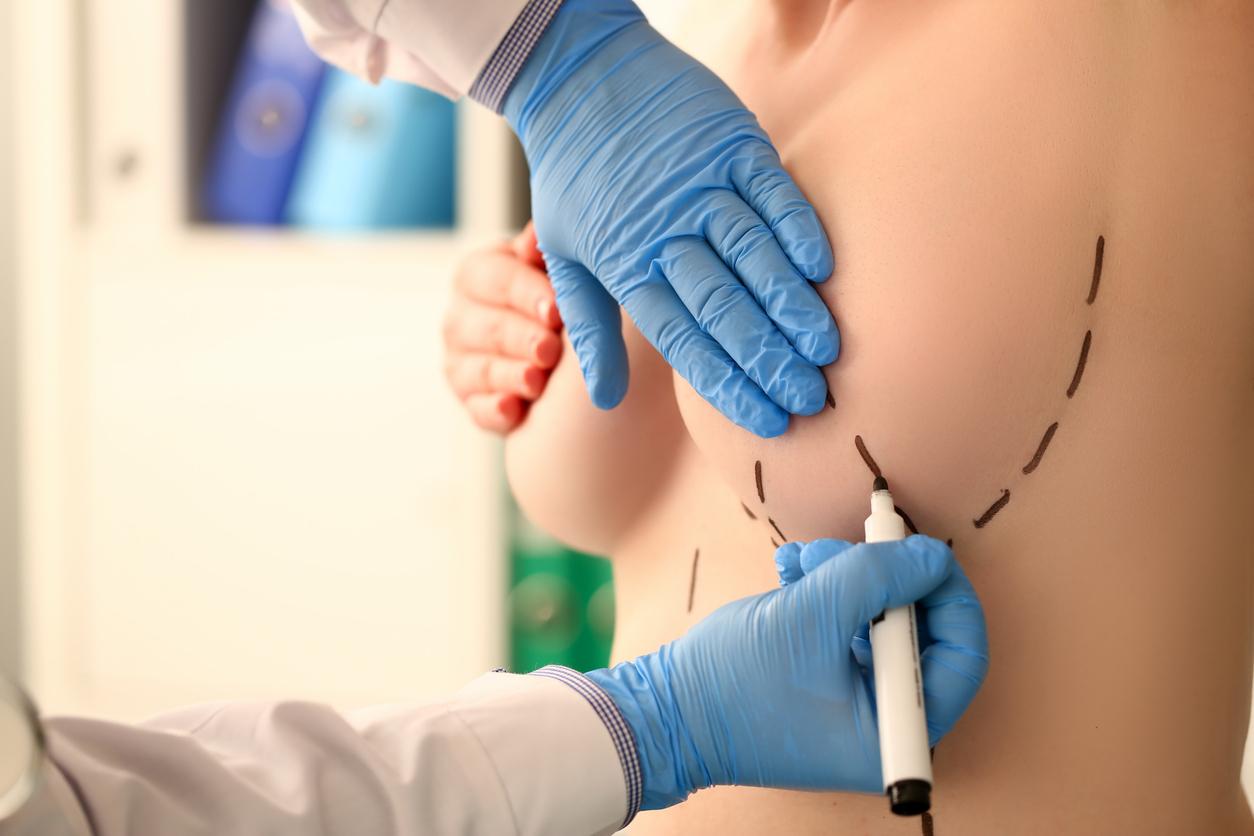
Women who find their breasts too heavy or too large may experience back, neck or shoulder pain. They can have their breasts reduced.
A woman’s breasts are mainly made up of fatty tissue and mammary glands. The mammary glands drain fluid into the milk ducts, which form a connection between the glands and the nipple. The nipple is circled by a pigmented ring, the areola or areola.
A woman can have her breasts surgically reduced. There can be several reasons for this. For example, heavy, sagging breasts with low nipples, breasts that are too large in proportion to her body, pain in the back, neck and/or shoulders due to the weight of her breasts, chronic skin irritation under the breasts, constrictions in the shoulders through the straps of the bra, or if one breast is visibly larger than the other.
The most commonly used breast reduction method involves making multiple surgical cuts (incisions). The first incision is made above and around the areola. This is followed by incisions under and on either side of the areola, and along the crease under the breast. Excess skin and fatty tissue can be removed through these incisions.
Then the areola is made smaller and moved so that the nipple is higher. Usually, the adhesion between the nipple and the underlying tissues remains unaffected. Finally, the skin wound in the lower part of the chest is closed and sutured below the areola. This gives the breast its new shape.
At first, the surgical site is bruised and swollen, later the incision wound fades and the breasts take on a more natural shape. For many women, breast reduction means a significant reduction in the discomfort they experience. They can also dress in a more varied way and participate in more sporting activities. This operation can bring several complications, which should be discussed with the doctor before the operation.

















